Discover the Different Ways Dogs Show Affection
Dogs have a unique way of showing affection to their human companions. From tail wagging to cuddling and playful biting, dogs express their love in various ways. In this article, we will explore the different ways dogs show affection and what these behaviors mean. Understanding how dogs show affection can deepen the bond between humans and their furry friends.
Key Takeaways
- Tail wagging is a common sign of affection in dogs, but different types of tail wagging can convey different messages.
- Licking is another way dogs show affection and create a bond with their owners.
- Cuddling is a form of canine affection that provides comfort and strengthens the bond between dogs and their human companions.
- Playful biting can be a sign of love and playfulness, but it’s important to differentiate between playful biting and aggressive biting.
- Understanding these different ways dogs show affection can help humans better interpret their furry friends’ behaviors and strengthen their relationship.
How Dogs Show Affection

Tail Wagging
When a dog wags its tail, it’s not always a clear indication of happiness. The way a dog wags its tail can actually convey different emotions. If the tail is loose and the dog’s whole body is moving, it means the dog is happy and cheerful. But if the tail is stiff and the dog’s body is tense, it’s a sign that the dog may not be feeling their best and it’s best to give them some space. So, next time you see a wagging tail, pay attention to the overall body language of the dog to understand how they’re really feeling.
Licking
Licking is an instinctive behavior in dogs that can have a few different meanings. It can be a sign of affection, as it’s a way for dogs to show intimacy and bonding. Dogs may also lick to understand your scent, taste, or simply investigate objects and substances you’ve come into contact with. This behavior is especially common when you’ve been handling food or other items that pique your dog’s curiosity. Additionally, licking can serve as a self-soothing mechanism for dogs experiencing stress and anxiety. It’s their way of seeking comfort and reassurance. Dogs also have a natural instinct to groom and care for their pack members, and licking is a way for them to express their affection. If your dog tends to lick your hands when you come home or when you’re spending quality time together, it’s likely their way of showing that they care about you. Dogs may also lick your hands as a way to seek attention or interaction. If your dog licks your hands and then looks at you expectantly, they may be trying to initiate playtime or asking for your attention. Overall, licking is a multi-purpose behavior for dogs, encompassing affection, communication, and exploration.
Cuddling
When it comes to cuddling, dogs have their own unique preferences. Some dogs enjoy snuggling up close to their owners, while others prefer lying on their laps. It’s their way of showing affection and seeking comfort. When your dog snuggles up to you, it’s like a big furry hug saying, “You’re important to me, and I like being with you.” Dogs may also use their paws to gently touch you, signaling a desire for attention or closeness. Nuzzling their noses against you is another way they express affection and closeness. These actions are all part of their instinct to show affection and establish a sense of security. They are simply telling you they love you.
Playful Biting
Playful biting is a common behavior in dogs, especially during playtime. It’s important to understand the difference between playful biting and aggressive biting. Playful biting is usually gentle and accompanied by wagging tails and excited body language. It’s a way for dogs to interact and communicate with each other and with humans. However, it’s essential to set boundaries and teach bite inhibition to prevent playful biting from becoming too rough or painful. Here are some tips for dealing with playful biting:
- Redirect their attention to a toy or chew bone when they start biting.
- Use positive reinforcement to reward gentle play and discourage rough biting.
- Avoid rough play that encourages biting, such as wrestling or tug-of-war.
Remember, playful biting is a natural behavior for dogs, but it’s important to ensure it doesn’t escalate into aggression. By understanding and managing this behavior, you can have a fun and safe playtime with your furry friend.
Understanding Tail Wagging

Different Types of Tail Wagging
When it comes to tail wagging, dogs have a variety of ways to express themselves. Tail wagging is a common behavior that dogs use to communicate their emotions and intentions. However, not all tail wags are the same, and understanding the different types of tail wagging can give us valuable insights into our furry friends.
One important thing to note is that a wagging tail doesn’t always mean a happy dog. Different dog breeds also carry their tails higher or lower, so context is everything. Your dog’s tail postures can be nuanced, but understanding their subtle backend movements will help you communicate more effectively with your pup.
Here are some of the different types of tail wagging and what they might mean:
- A dog who lifts their tail high (sometimes vertically) and wags it stiffly is letting you know that they are in charge. This dominant gesture is often a warning sign and it’s best to give the dog some space.
- On the other hand, a dog with a loose and relaxed tail wag is a sign of a happy and cheerful dog. This wagging motion indicates that the dog is ready for a happy and fun interaction.
- Some dogs have a circular wag, where their tail moves in a circular motion. This type of wagging is a clear sign of excitement and joy.
Understanding the different types of tail wagging can help us better interpret our dog’s emotions and respond accordingly. It’s important to pay attention to the context and other body language cues to get a complete understanding of what our furry friends are trying to communicate.
What Tail Wagging Means
When a dog wags their tail, it is commonly believed that they are welcoming, friendly, and happy to see you. However, this is not completely true. Tail wagging is more ambiguous than people think. It signals an intent to interact, which could mean the dog is ready for a happy, fun interaction or preparing for a stressful encounter. Pay attention to the tension in the tail. If it is very loose and the dog’s whole body and hind end are moving, the dog feels happy and cheerful. But if the tail wags very stiffly, it may be a sign that the dog is not feeling their best and is preparing for a negative interaction.
It’s important to note that tail wagging doesn’t always indicate a happy dog. Different dog breeds also carry their tails higher or lower, so context is everything. Understanding the subtle movements of your dog’s tail will help you communicate more effectively with them.
Reading Tail Wagging Cues
When it comes to understanding a dog’s emotions, their tail can be a great indicator. A loose and wagging tail usually means that the dog is relaxed and happy. But not all tail wagging is the same. If a dog’s tail is up over their back and stiff, it’s often a warning sign. It’s important to look for the big, circling tail and wagging butt, especially if the dog doesn’t have a tail but waggles their entire butt when they’re happy. Another way dogs show affection is through their faces. They can smile or grin, and you want to see an open and relaxed mouth. Excessive panting can be a sign of stress, so a happy dog shouldn’t be panting excessively unless it’s a hot day or they’ve been exercising.
The Power of Licking

Licking as a Sign of Affection
Licking is one of the ways dogs show affection and create a bond with their owners. It may not be a traditional hug, but it’s their way of expressing love and comfort. Dogs lick as a form of communication, both with other dogs and with humans. It can be a submissive gesture, as puppies lick around their mother’s mouth as newborns. Licking is also a way for dogs to seek attention and closeness. When your dog licks you, it’s their way of saying ‘I love you’ and ‘I’m happy to see you’.
Licking as a Form of Grooming
Licking is a natural behavior for dogs, and it serves multiple purposes. Dogs have a natural instinct to groom and care for their pack members, and licking is a way for them to express their affection. If your dog tends to lick your hands when you come home or when you’re spending quality time together, it’s likely their way of showing that they care about you. In some cases, dogs lick our hands as a way to seek attention or interaction. If your dog licks your hands and then looks at you expectantly, they may be trying to initiate playtime or asking for your attention. Dogs are social animals, and they crave interaction with their human companions.
Setting Boundaries for Licking
When it comes to licking, it’s important to set boundaries to ensure a healthy and balanced relationship with your dog. While occasional licking can be a sign of affection, excessive licking can become annoying and even lead to further infection. If your dog tends to lick too much, it’s best to completely ignore the behavior and provide no attention. This acts as a form of positive reinforcement, teaching your dog that excessive licking will not result in attention. Remember, it’s important to prioritize your dog’s well-being and establish clear boundaries for their behavior.
The Joy of Cuddling

Benefits of Cuddling with Your Dog
Cuddling with your dog is not only a cozy and comforting experience, but it also strengthens the bond between you and your furry friend. When we snuggle up together, it’s like a big furry hug that says, ‘You’re important to us, and we love being with you.’ It’s a moment of pure affection and connection that can make both you and your dog feel happy and loved.
Cuddling has numerous benefits for both humans and dogs. It can help reduce stress and anxiety, promote relaxation, and even lower blood pressure. It releases oxytocin, also known as the ‘love hormone,’ which enhances feelings of trust and bonding. Plus, cuddling with your dog can improve your mood and overall well-being. It’s a win-win situation!
So, next time you have the opportunity, grab a cozy blanket, snuggle up with your dog, and enjoy the warmth and love that cuddling brings.
Creating a Safe and Comfortable Cuddling Environment
When it comes to cuddling with your dog, creating a safe and comfortable environment is key. Respect your dog’s personal space and boundaries, just like you would with any other family member. Pay attention to their body language and respond accordingly. If your dog seems uncomfortable or tries to move away, give them space and try a different approach to show your affection. Instead of wrapping your arms around your dog, try gentle strokes and pats on their chest, back, or behind the ears. Establishing eye contact can also be a powerful way to connect with your furry friend. Remember, every dog is unique, so it’s important to listen to their needs and preferences.
Signs Your Dog Wants to Cuddle
When your dog snuggles up to you, it’s like a big furry hug saying, “You’re important to me, and I like being with you.” It’s a heartwarming moment that strengthens the bond between you and your furry friend. Dogs have their own unique ways of expressing their desire for cuddles. Here are some signs that your dog wants to cuddle:
- Your dog leans against you, seeking physical contact and showing trust.
- Your dog rests their head on you, a common behavior that signifies affection and comfort.
- Your dog gently touches you with their paws, signaling a desire for attention and closeness.
- Your dog nuzzles their nose against you, expressing their love and affection.
Cuddling with your dog has numerous benefits. It helps reduce stress, promotes relaxation, and deepens the emotional connection between you and your furry companion. So next time your dog gives you those irresistible cuddle signals, embrace the moment and enjoy the warmth and love they bring into your life.
Playful Biting: Love or Aggression?

Understanding Playful Biting Behavior
Playful biting is a common behavior in dogs, especially during their puppyhood. It is their way of exploring the world and engaging in social interactions. When dogs playfully bite, they are not trying to cause harm or be aggressive. Instead, they are using their mouths to communicate and interact with their environment and with other dogs or humans. Playful biting can be a sign of affection and playfulness, and it is important for dog owners to understand and respond appropriately to this behavior.
If your dog engages in playful biting, it is essential to teach them bite inhibition. This means teaching them to control the force of their bites and to be gentle when playing. Bite inhibition is crucial because it helps prevent accidental injuries. You can teach bite inhibition by redirecting your dog’s biting behavior onto appropriate toys or chew items and rewarding them when they bite gently.
It is also important to recognize the difference between playful biting and aggressive biting. Playful biting is usually accompanied by a relaxed body posture, wagging tail, and play bows. On the other hand, aggressive biting is often accompanied by stiff body language, growling, and intense staring. If you notice any signs of aggression during play, it is important to intervene and redirect your dog’s behavior.
Here are some tips for dealing with playful biting:
- Provide plenty of appropriate chew toys and interactive toys to redirect your dog’s biting behavior.
- Use positive reinforcement techniques, such as praise and treats, to reward your dog for gentle play.
- Avoid rough play or games that encourage biting, such as tug-of-war.
- Socialize your dog with other well-behaved dogs to learn appropriate play behavior.
Remember, playful biting is a normal behavior in dogs, but it is important to teach them appropriate boundaries and redirect their behavior when necessary.
Teaching Bite Inhibition
Teaching bite inhibition is an essential part of dog training. It teaches the dog to tolerate having things in his mouth without biting or snapping. This is important for their safety and the safety of those around them. One way to teach bite inhibition is through gentle play. When your dog starts to bite too hard, let out a yelp or say ‘ouch’ to signal that it hurts. This mimics the response of another dog and helps them understand that their bite was too hard. You can also redirect their biting behavior to appropriate chew toys or bones. Consistency and patience are key when teaching bite inhibition.
Recognizing Aggressive Biting
When a dog snaps their jaws or makes a biting motion in the air, it’s typically a warning sign: This dog is telling you to back off and give them space. According to Ballantyne, dogs usually won’t miss their target if they want to bite. So, if a dog “air snaps” near you, they are giving you a serious signal: Back off before they need to escalate. The next step could be a real bite! Hypervigilance is a way of describing a dog scanning their surroundings, taking in everything. They may have sensed a threat and are feeling worried, fearful or anxious. By understanding dog body language, you can be there for all your furry best friends when they feel happy and excited, or scared.
In Conclusion
Dogs are truly amazing creatures that show affection in numerous ways. From wagging their tails to cuddling up close, they have unique ways of expressing their love for us. Whether it’s through kisses, playful jumps, or simply being by our side, dogs never fail to make us feel loved and cherished. So next time your furry friend shows you some affection, remember to cherish and reciprocate it. After all, they are our loyal companions who deserve all the love and care in the world. Woof!
Frequently Asked Questions
How do dogs show affection?
Dogs show affection in various ways, such as tail wagging, licking, cuddling, and playful biting.
What are the different types of tail wagging?
Different types of tail wagging can indicate different emotions, such as happiness, excitement, or nervousness.
What does tail wagging mean?
Tail wagging is often a sign of a dog’s positive emotions and can indicate friendliness and happiness.
How can I read tail wagging cues?
To understand a dog’s tail wagging cues, observe the speed, direction, and height of the wag, as well as the overall body language of the dog.
Is licking a sign of affection?
Yes, licking is a common way for dogs to show affection and create a bond with their owners.
How can I set boundaries for licking?
If you want to set boundaries for licking, you can train your dog to only lick on command or redirect their licking behavior to appropriate objects.

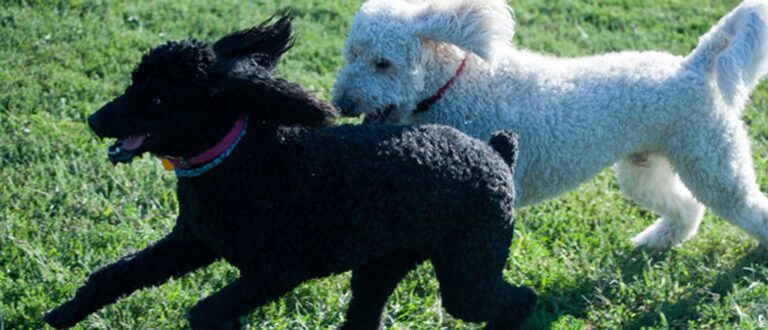
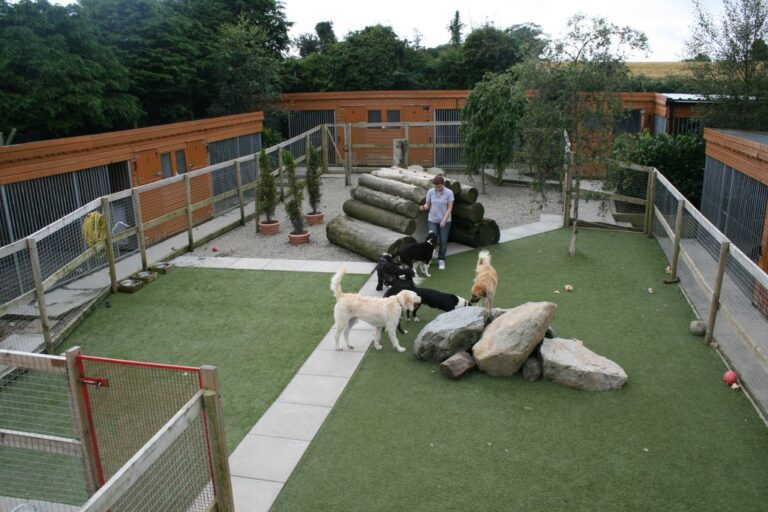
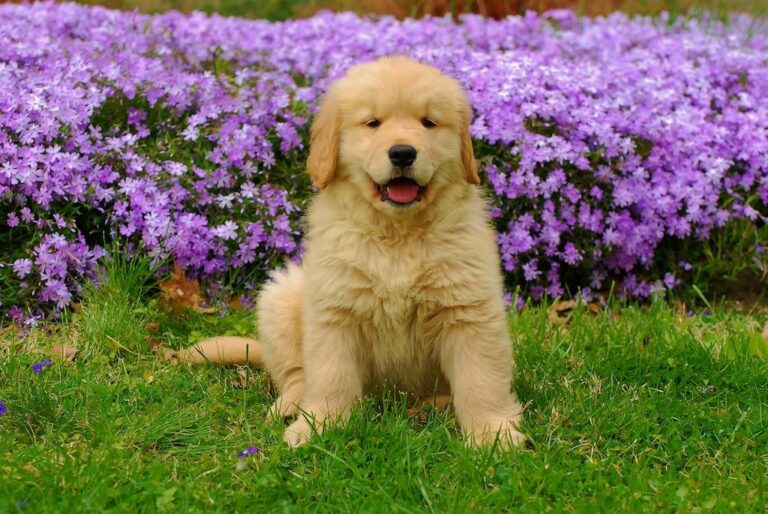
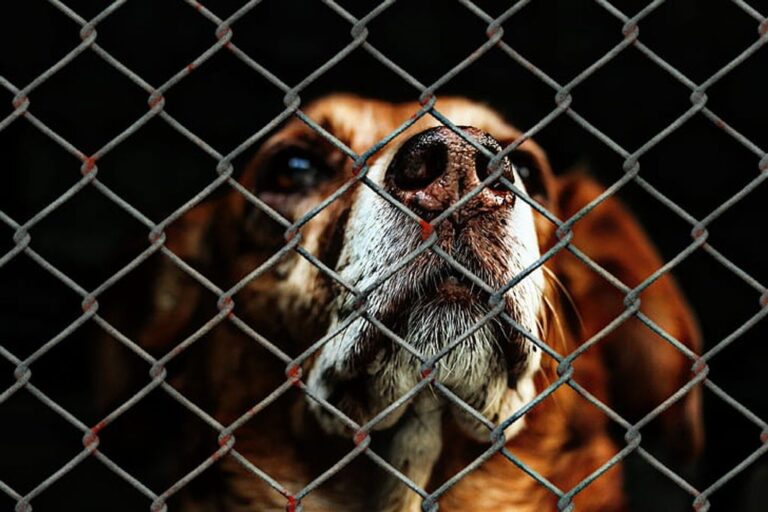
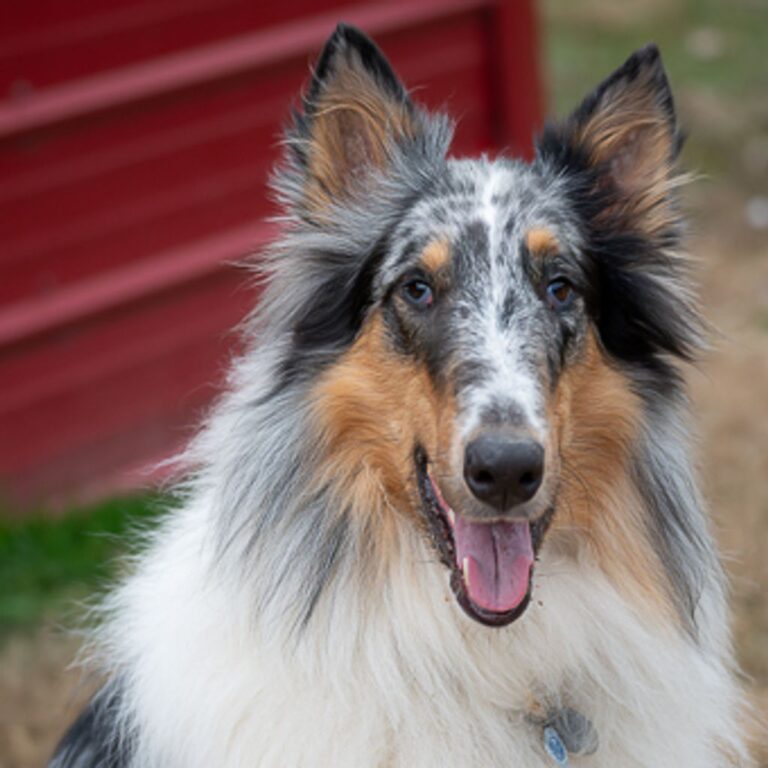
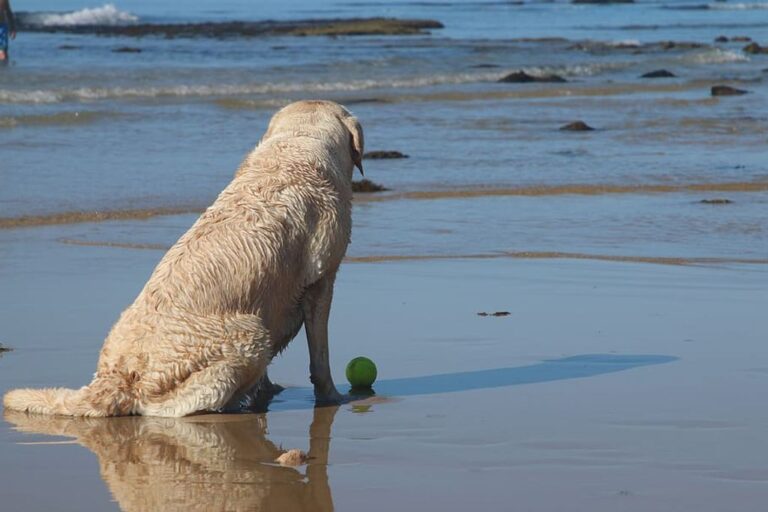
One Comment